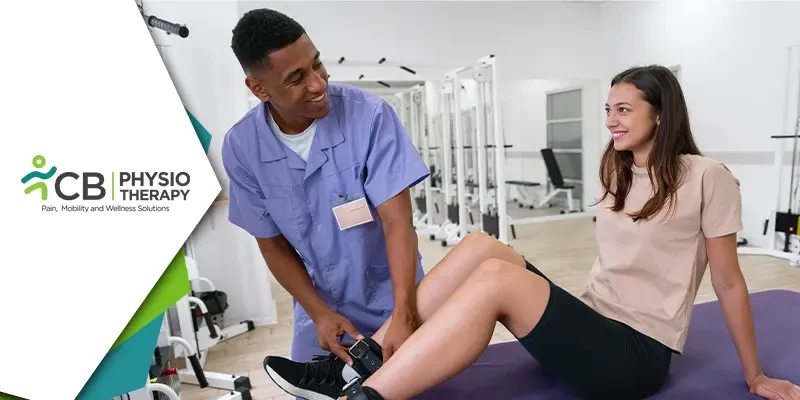ACL (Anterior Cruciate Ligament) injury is a common type of knee injury that can range from minor sprains to complete tears. The ACL is a vital ligament that stabilizes the knee joint. When it is injured, it can cause pain, instability, and reduced function in the knee. ACL injuries are relatively common, especially among athletes, and can range from minor sprains to complete tears. Physiotherapy management for ACL injuries varies depending on the severity of the injury. In this blog, we'll look at the types of ACL injuries and how physiotherapy can help in the treatment of each type.
Grade 1 ACL Injury
A Grade 1 ACL injury is the mildest form of ACL injury, involving a minor tear or stretch in the ligament. The ligament is still intact, and the knee joint is usually stable. Physiotherapy management for a Grade 1 ACL injury focuses on reducing pain and swelling, improving the range of motion, and strengthening the surrounding muscles.
One of the primary goals of physiotherapy for a Grade 1 ACL injury is to reduce pain and inflammation. This may involve the use of ice packs, heat therapy, or electrotherapy modalities such as Ultrasound, Laser therapy, TENS. Manual therapy techniques such as soft tissue massage or joint mobilization may also be used to reduce pain and improve joint function.
The next step in physiotherapy management for a Grade 1 ACL injury is to work on restoring the normal range of motion to the knee joint. This may involve gentle stretches, active and passive range of motion exercises, and joint mobilization techniques. The physiotherapist may also use taping or bracing to help support the knee joint and prevent further injury.
Finally, strengthening exercises are an essential component of physiotherapy management for a Grade 1 ACL injury. The physiotherapist may prescribe exercises that target the muscles around the knee joint, such as the quadriceps, hamstrings, and calf muscles. These exercises may include isometric exercises, resistance training, and balance and proprioceptive exercises.
Grade 2 ACL Injury
A Grade 2 ACL injury involves a partial tear of the ligament. The knee joint may be more unstable than in a Grade 1 injury, and the patient may experience more pain and swelling. Physiotherapy management for a Grade 2 ACL injury may involve similar strategies to a Grade 1 injury, but with more emphasis on strengthening exercises to compensate for the partial tear.
In addition to the strategies used for a Grade 1 injury, the physiotherapist may prescribe more challenging strengthening exercises for a Grade 2 injury. These exercises may include eccentric strengthening exercises, which involve lengthening the muscle while it is under tension, as well as plyometric exercises, which are high-intensity exercises that involve jumping and other explosive movements.
The physiotherapist may also recommend taping or bracing to help support the knee joint and prevent further injury. In some cases, surgery may be required to repair the torn ligament, in which case physiotherapy will be an essential component of the post-operative rehabilitation process.
Grade 3 ACL injury
A Grade 3 ACL injury is the most severe form of ACL injury, involving a complete tear of the ligament. The knee joint is usually very unstable, and the patient may experience severe pain and swelling. Physiotherapy management for a Grade 3 ACL injury may involve a combination of conservative management and surgical intervention.
In the early stages of physiotherapy for a Grade 3 ACL injury, the focus is on reducing pain and swelling and regaining range of motion. The physiotherapist may use modalities such as ice packs, heat therapy, or electrotherapy to reduce pain and inflammation. Range of motion exercises and joint mobilization techniques are also essential to help maintain joint function and prevent stiffness. As the patient progresses in their rehabilitation, the physiotherapist will focus on strengthening.
After surgical intervention, physiotherapy treatment will continue to focus on restoring knee function and preventing future injuries. The rehabilitation program may include exercises to improve balance and proprioception, as well as strength and conditioning exercises to help prepare the patient for a safe return to sports or other physical activities.
Overall, the goals of physiotherapy management for ACL injuries are to reduce pain and swelling, improve range of motion and strength, and help the patient return to their pre-injury level of function. The specific strategies and exercises used will depend on the degree of ACL injury, as well as the individual needs and goals of the patient.

